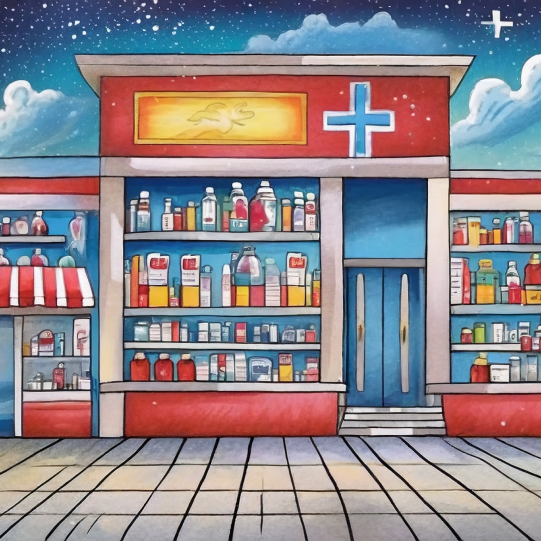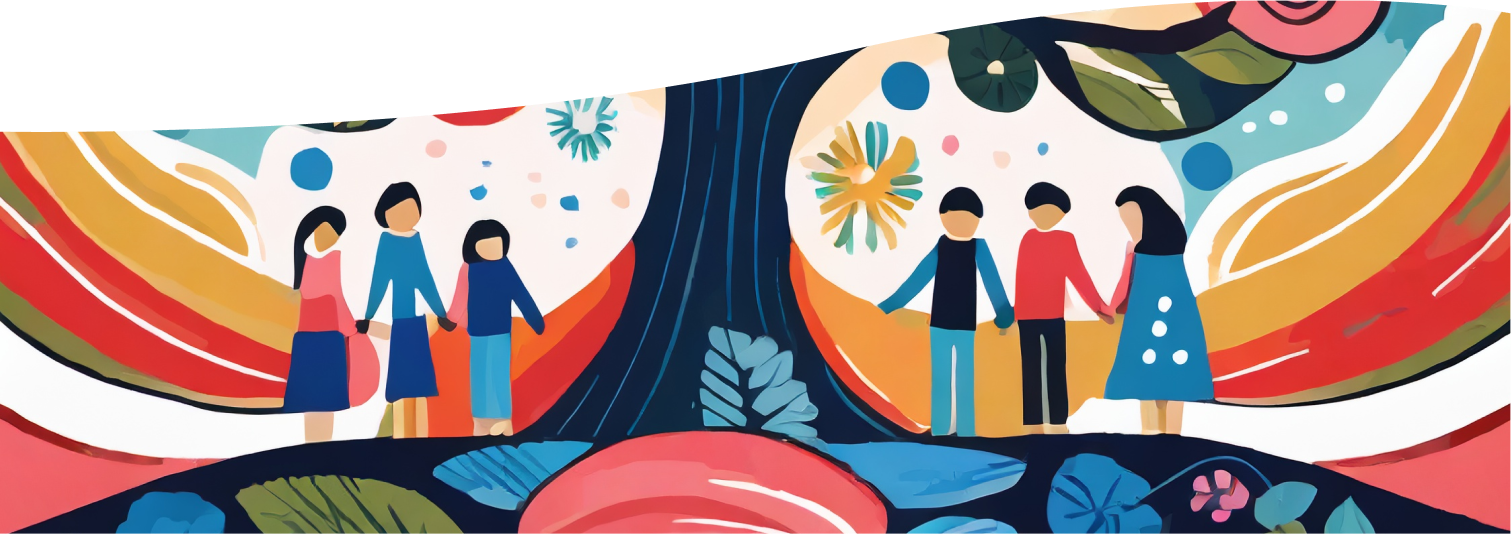Some research suggests that methadone and buprenorphine (Subutex) use during pregnancy can help improve newborn outcomes and outcomes of those who are pregnant. There may be some withdrawal in the infant and cannot be ruled out completely.
Assessment Map
Welcome to the MOUD Hub. If you need help figuring out where to start, follow this quick assessment.





















